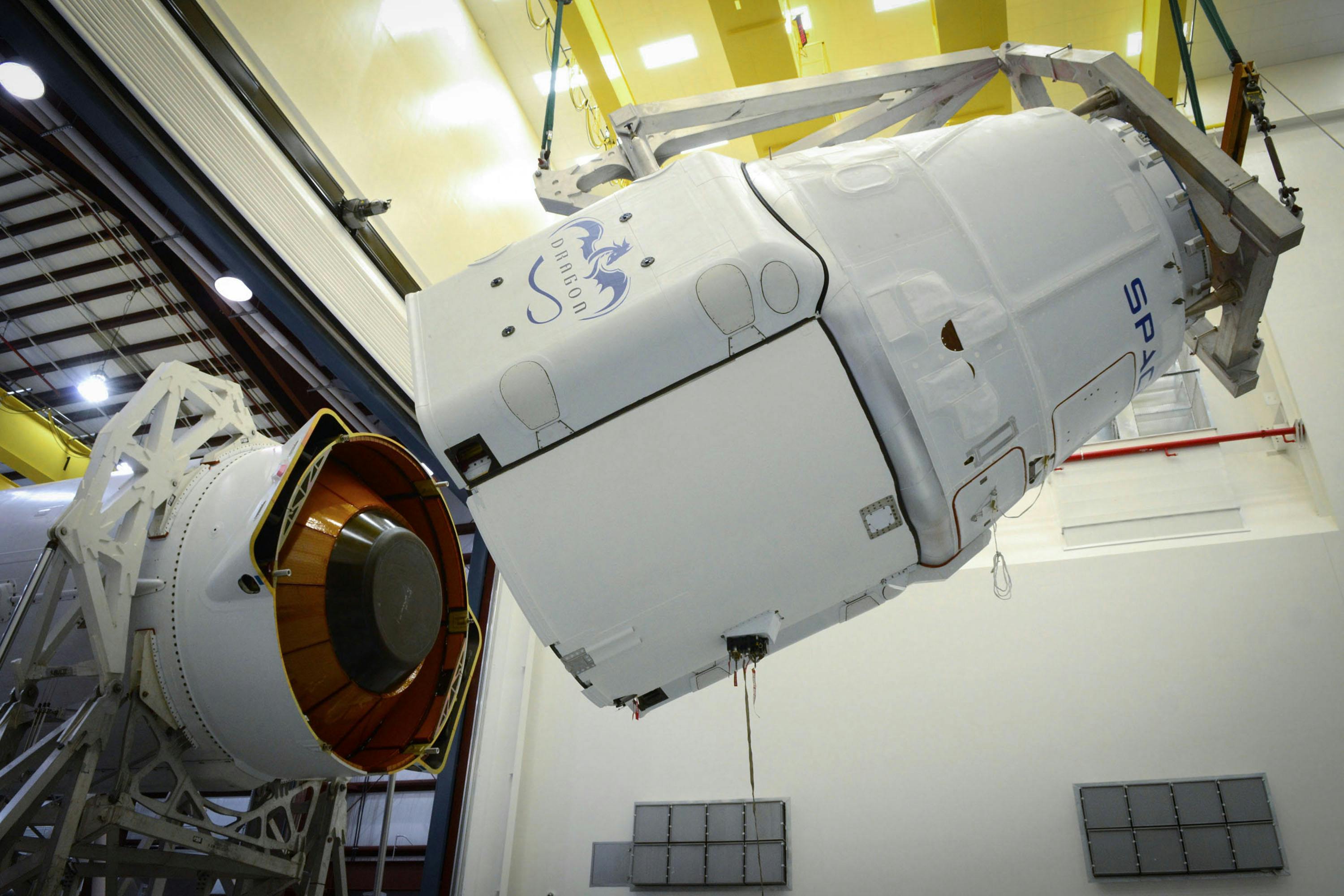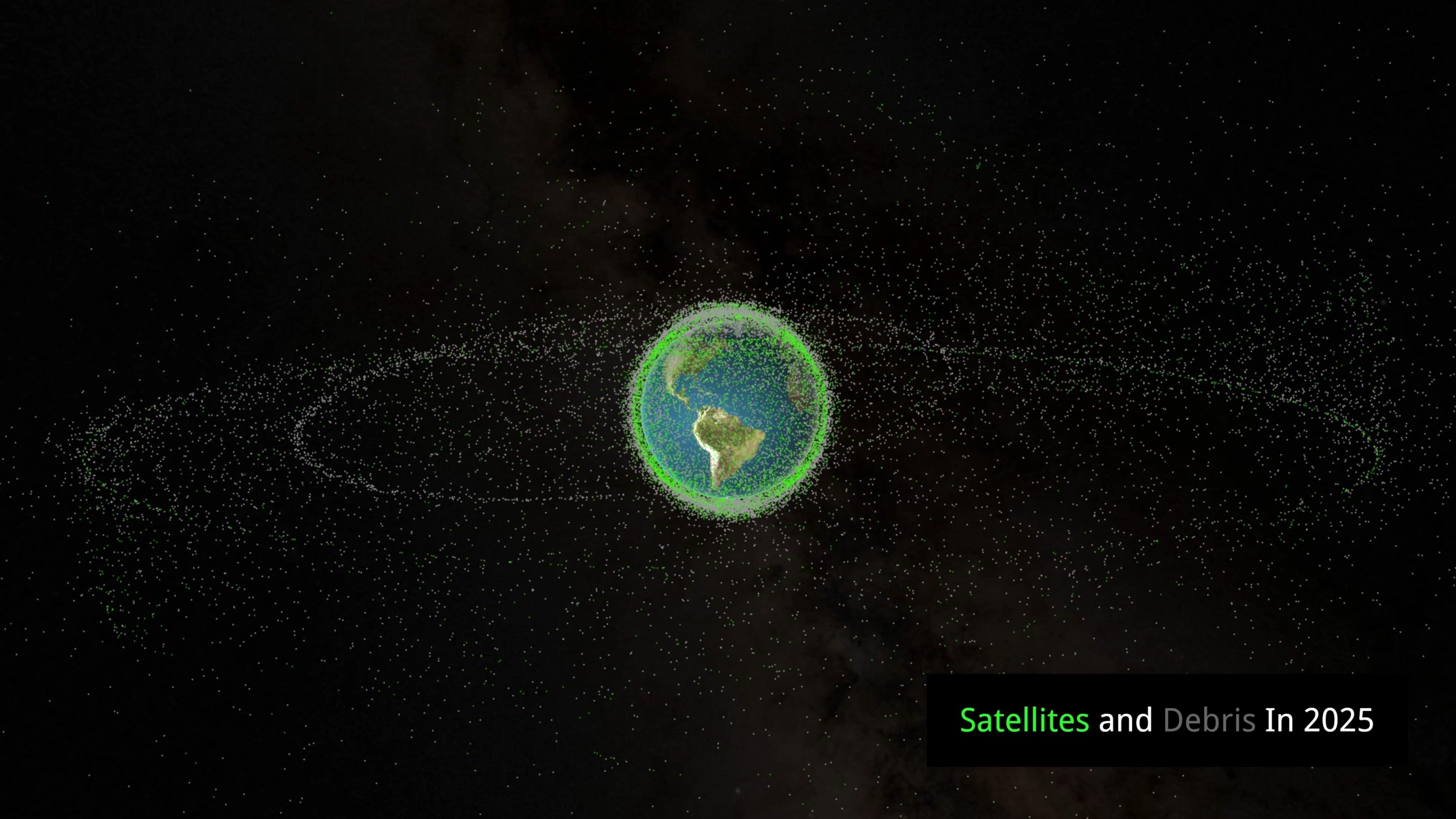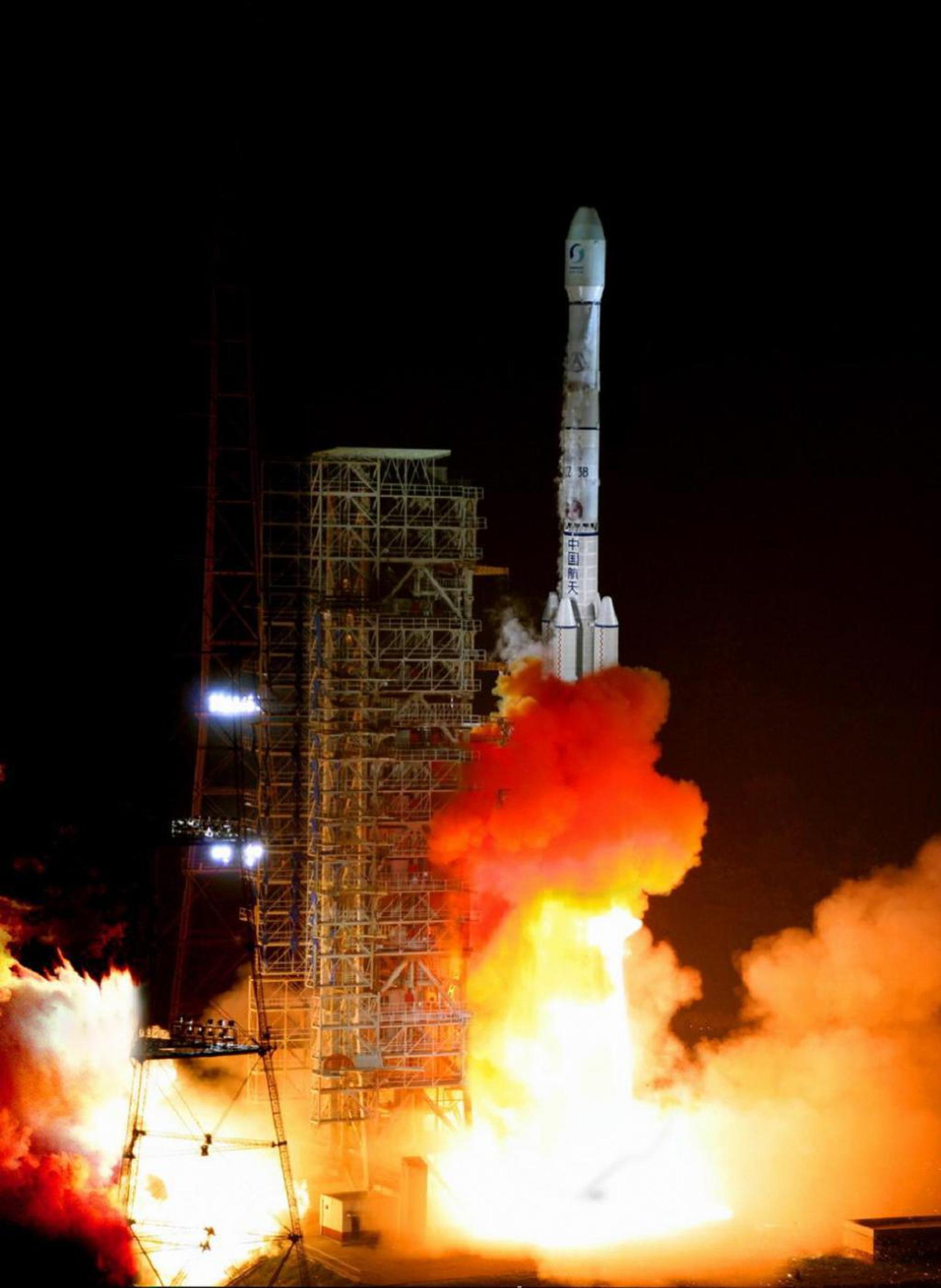· space brief · 5 min read
Space Brief 30 Apr 2025
Today's briefing covers a significant hypersonic missile launch by the U.S. Army, the declassification of spy satellite photos aiding demining efforts, and the deployment of cutting-edge research payloads to the ISS.

📄Top Stories
The U.S. Army has successfully launched the much-anticipated “Dark Eagle” hypersonic missile from Cape Canaveral. Declassified satellite images from the 1980s are now aiding in clearing dangerous land mines in Cambodia. Meanwhile, the U.S. Space Force has deployed new experimental payloads to the ISS, promising technological advancements.
📰Detailed Coverage
Hypersonic Era Begins with “Dark Eagle” Launch
Cape Canaveral played host to a groundbreaking event as the U.S. Army launched its “Dark Eagle” hypersonic missile, a development that could significantly enhance national defense capabilities. The missile, capable of reaching speeds exceeding five times the speed of sound, is a testament to the technological arms race intensifying globally.
The “Dark Eagle” employs advanced navigation systems and features cutting-edge materials capable of withstanding extreme conditions. This pivotal achievement highlights ongoing military efforts to integrate hypersonic technology into modern arsenals, reflecting increasing strategic focus on missile defense systems.
Read the full story: Space.com
Historic Spy Satellite Imagery Aids Demining in Cambodia
Recently declassified photos from old U.S. military spy satellites are making a significant impact in humanitarian efforts in Cambodia by identifying long-forgotten land mines. These decades-old images provide a crucial tool for organizations working to make the ground safe for local communities.
This initiative demonstrates the ongoing value of satellite imagery in post-conflict recovery, opening up new avenues for cooperation between space technology and humanitarian work. It highlights the potential for satellite data to address contemporary challenges, enhancing the safety and security of affected populations.
Read the full story: Space.com
U.S. Space Force Advances Research with New ISS Payloads
In a collaboration with NASA, the U.S. Space Force has launched the Space Test Program-Houston 10 (STP-H10) mission, deploying six research payloads to the International Space Station via SpaceX’s CRS-32 mission. These payloads aim to foster advancements in technology, offering potential breakthroughs in various fields.
The mission exemplifies a union of military and scientific exploration, underscoring the expanding role of the U.S. Space Force in space research. It also highlights the importance of the ISS as a versatile platform for international and cross-sector cooperation, providing insights that could shape future orbital technologies. Our web app tracks such valuable payloads, enabling enthusiasts and professionals to follow their journey in real-time. Explore on KeepTrack
Read the full story: Space War
Military Spending Soars with $150 Billion Defense Boost
The U.S. House Armed Services Committee has approved a substantial $150 billion increase in defense budget, dismissing amendments aimed at reducing expenditure. This decision underscores the commitment to bolstering national defense capabilities in response to evolving global threats.
The additional funding will support various defense initiatives, including satellite systems and space-based defense mechanisms. This expansion of financial resources may lead to significant enhancements in military technology and readiness, influencing satellite payloads dedicated to defense purposes.
Read the full story: Breaking Defense
🛰️Satellite Spotlight
- Satellite Name: PELICAN-1
- NORAD ID: 58296
- Launch Date: 2023 Nov 11
- Mission: Earth Observation
- Orbit: Inclination 97.4228°, Period 93.8 mins, Eccentricity 0.00108
- Operator: PLAN
- Fun Fact: PELICAN-1 is equipped with advanced Earth observation instruments capable of delivering high-resolution imagery, supporting climate monitoring and disaster response efforts.
Current TLE Data:
1 58296U 23174AS 25118.67272019 .00027333 00000+0 75416-3 0 9991
2 58296 97.4228 200.7814 0010743 261.1935 98.8093 15.37005550 81858Track this satellite in real-time on our web app: Track PELICAN-1
🚀Upcoming Space Launches
April 29
- Firefly Aerospace Firefly Alpha:
- FLTA006 (Message in a Booster) from Vandenberg SFB, CA, USA (13:37 UTC) Sixth flight of the Firefly Alpha small satellite launcher, launching the demonstration mission for Lockheed Martin’s new LM400 satellite bus, which will carry a communications payload.
May 2
- SpaceX Falcon 9 Block 5:
- Starlink Group 6-75 from Cape Canaveral SFS, FL, USA (01:51 UTC) A batch of 28 satellites for the Starlink mega-constellation - SpaceX’s project for a space-based Internet communication system.
- SpaceX Falcon 9 Block 5:
- Starlink Group 15-3 from Vandenberg SFB, CA, USA (18:27 UTC) A batch of satellites for the Starlink mega-constellation - SpaceX’s project for a space-based Internet communication system.
May 4
- SpaceX Falcon 9 Block 5:
- Starlink Group 6-84 from Kennedy Space Center, FL, USA (08:48 UTC) A batch of satellites for the Starlink mega-constellation - SpaceX’s project for a space-based Internet communication system.
May 5
- SpaceX Falcon 9 Block 5:
- Starlink Group 6-93 from Cape Canaveral SFS, FL, USA (01:14 UTC) A batch of satellites for the Starlink mega-constellation - SpaceX’s project for a space-based Internet communication system.
- China Aerospace Science and Technology Corporation Long March 12:
- SatNet LEO Group TBD? from Wenchang Space Launch Site, People’s Republic of China (10:57 UTC) A batch of Low Earth Orbit communication satellites for the Chinese state-owned SatNet constellation operated by the China Satellite Network Group.
May 19
- Indian Space Research Organization PSLV-XL:
- EOS-09 (RISAT-1B) from Satish Dhawan Space Centre, India (00:00 UTC) RISAT-1B provides all-weather and day-and-night SAR observation capability, supporting applications such as agriculture, forestry, soil moisture, geology, and military surveillance.
May 29
- SpaceX Falcon 9 Block 5:
- Axiom Space Mission 4 from Kennedy Space Center, FL, USA (17:03 UTC) This is a Crew Dragon flight for private company Axiom Space, carrying a professionally trained commander alongside three private astronauts to and from the International Space Station for at least eight days.
May 31
- Rocket Lab Electron:
- iQPS Launch 2 from Rocket Lab Launch Complex 1, Mahia Peninsula, New Zealand (00:00 UTC) Synthetic aperture radar Earth observation satellite for Japanese Earth imaging company iQPS.
Note: Launch dates and times are subject to change due to technical or weather considerations.

Maurice Stellarski





